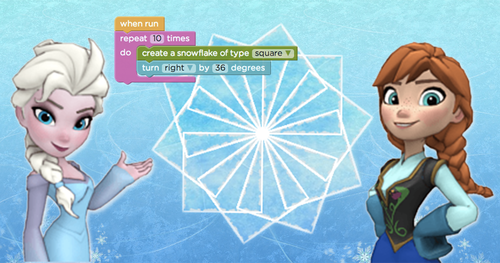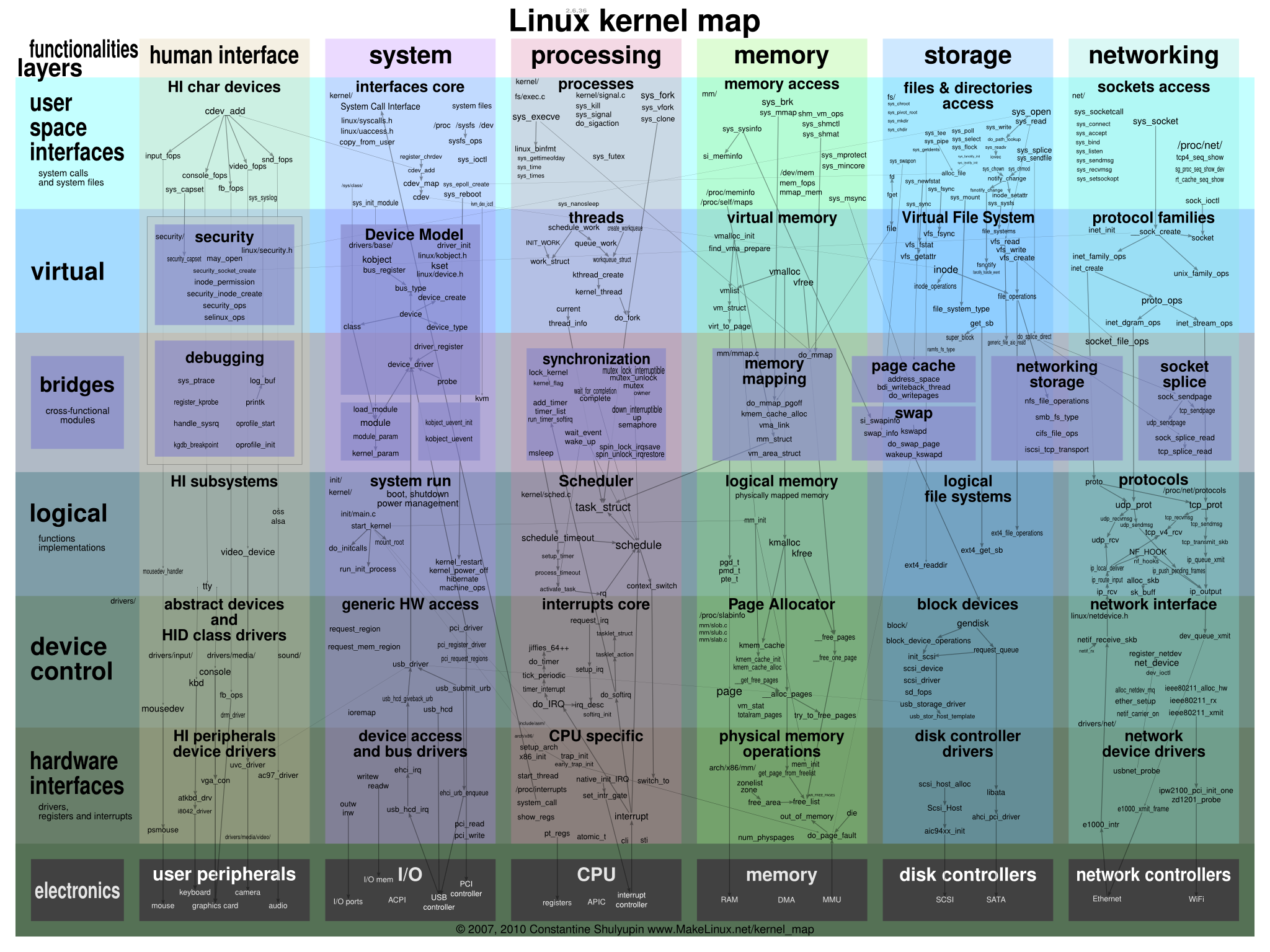Project Requirements
I’m working on an embedded systems workshop, and an open source software defined network course. I want to take notes on various parts of the workshop development and during the online course lectures. My collaborator on the embedded system workshop has setup a
NextCloud portal so that we can develop and share information, share C code, workshop content, provide version control, chat, and create figures.
We selected Markdown as our preferred documentation processor as there is a powerful markdown plugin from NextCloud. The requirement is to use tools that provide cross-platform support (Windows, Linux, and macOS), generate documents that can be easily be shared without using email, and place all documents into version control using Subversion. My collaborator uses macOS and Linux, and I use Windows 8.1 and 10, and
Kubuntu 18.04. The Markdown editor also needs to support text formatting, inline Latex math equation typesetting, Mermaid block diagrams, code blocks, and embedded videos.
This led to a mini quest to find a Markdown editor that match the capability of the Markdown editor plugin in NextCloud and run on all three operating systems. It took a while to find something that worked well.
Markdown Editors
Notepad++
I like and use
Notepad++ regularly in place of the Windows notepad. Notepad++ has a Markdown viewer call
MarkdownViewer++. The plugin gives basic Markdown functionality. The formatting works well but the code block text and coloring isn’t as good as in other Markdown editors. To get Latex, you need to install
MikTeX to provide LaTeX capabilities for Windows. I then searched for a Notepad++ plugin for Mermaid but didn’t find something I recognized as useful. I gave up on trying to get Notepad++ to meet our requirements because it’s a Windows only tool.
I searched for Markdown editors and there are many posting on the top Markdown editors. It’s not clear from all the posting which editor would be right for this project. I investigated many of them and tested some of the promising choices. Some of the more noteworthy editors are described below.
Typora
Typora is available for all three operating systems in beta for Windows and macOS but Linux isn’t available presently. It appears to have a minimum feature set and shows the final results of the Markdown output. It wasn’t clear how to see the actual Markdown code as you write. I did not see how to enable LaTeX and Mermaid functionality so I stopped investigating it and ultimately uninstalled it.
Dillinger
Dillinger is a web based Markdown editor. It does inline LaTeX equations but did not render the Mermaid section of my text document so I stopped investigating it. It don’t seem to have an offline version.
Haroopad
Haroopad is available for Window 7 and 8, macOS, and Linux. All versions are beta releases. It looks like it has a rich feature set but since it did not support Windows 10, I stopped investigating it.
Ghostwriter
Ghostwriter is available on Windows, macOS, and Linux. I should say that a fork of Ghostwriter is available on Windows. I install the Linux version from the wereturtle repository. I tried to find a way to enable LaTeX math equation typesetting and Mermaid diagrams, but did not find what I needed. Since the Windows version seemed to complex to install, I stopped investigating it.
StackEdit
StackEdit is a nice online Markdown editor. It works very well and does a great job on code, math equations, and Mermaid diagrams. It also support UML diagrams too. It’s seems to be an in-browser only editor so I stopped investigating it.
LyX
LyX is a What You See is What You Mean document processor. It works in Windows 8.1 and 10 and needs TexLive to run. It also runs in Kubuntu. I’m new to LaTeX and TeX document processors and think LyX pretty neat. I worked with it for a while and did not find plugins to import and export Markdown files other than using
Pandoc or using
MultiMarkdown to generate LyX output files. The workflow with file conversion and subversion control was too complicated so I stopped investigating using it.
Caret
Caret is available for Windows, macOS, and Linux. It costs $29 so I stopped investigating.
Atom
Atom is available for Windows, macOS, and Linux. I had used it a while ago as part of the
Particle Photon development toolchain. It worked okay but did not impress me very much so I ignored it, but kept encountering references to it so gave the old version a try. It didn’t work so I installed the latest version. What a difference. The new version is fantastic. It has packages for everything we are looking for.
The
markdown-preview-enhanced package provides the Markdown editor functions, and supports equation typesetting, Mermaid and other diagraming tools.
language-pfm provides Markdown language highlighting.
language-mermaid provides Mermaid language highlighting.
pandoc-convert provides a connections to the Pandoc converter tools. Pandoc needs to be installed.
zotero-citations provides a connection to the graphical citation tool
Zotero with betterBibTex installed. Diagrams charts, sequence diagrams, Mermaid, Python Matplotlib, and Ploty are supported by the
Markdown Preview Enhanced rendering package.
Atom is made by or in association with GitHub. It does a very good job of producing Markdown content. It support more tools than Mermaid for diagrams. I’ve installed it on Windows 8.1 & 10 and on Kubuntu 18.04 LTS on a laptop and on a VM running on Windows 8.1. There is a macOS version too. It seems to work well. The only thing I’m having trouble with is getting the Markdown code for embedded YouTube views to work properly at the moment. The videos open a browser tab and pay in the browser instead of the be Markdown viewer.
References
I used the website shown below in my search for a Markdown editor: (“10 Best Markdown Editors for Linux” n.d.) WebFX and Inc. (2014) (“12 Best Free Markdown Editor for Windows” 2016) Smith (n.d.) (“How to Use Markdown in Notepad++” n.d.) (“Slant - 26 Best Markdown Editors for Windows as of 2019” n.d.) (“The 6 Best Free Online Markdown Editors and Converters” n.d.) (“The 6 Best Mac Markdown Editors for Everyone” n.d.) (“The 10 Best Markdown Editors of 2018” n.d.)
- 10 Best Markdown Editors for Linux n.d. Accessed October 30, 2019.
- 12 Best Free Markdown Editor for Windows 2016. List of Freeware. February 24, 2016.
- How to Use Markdown in Notepad++ n.d. Super User. Accessed October 30, 2019.
- Slant - 26 Best Markdown Editors for Windows as of 2019 n.d. Slant. Accessed October 30, 2019.
- Smith, Grace. n.d. 78 Tools for Writing and Previewing Markdown Mashable. Accessed October 30, 2019.
- The 10 Best Markdown Editors of 2018 n.d. Accessed October 30, 2019.
- The 6 Best Free Online Markdown Editors and Converters n.d. MakeUseOf. Accessed October 30, 2019.
- The 6 Best Mac Markdown Editors for Everyone n.d. MakeUseOf. Accessed October 30, 2019.
- WebFX, William Craig President of, and Inc. 2014. 10 Free Online Markdown Editors WebFX Blog. November 26, 2014.




